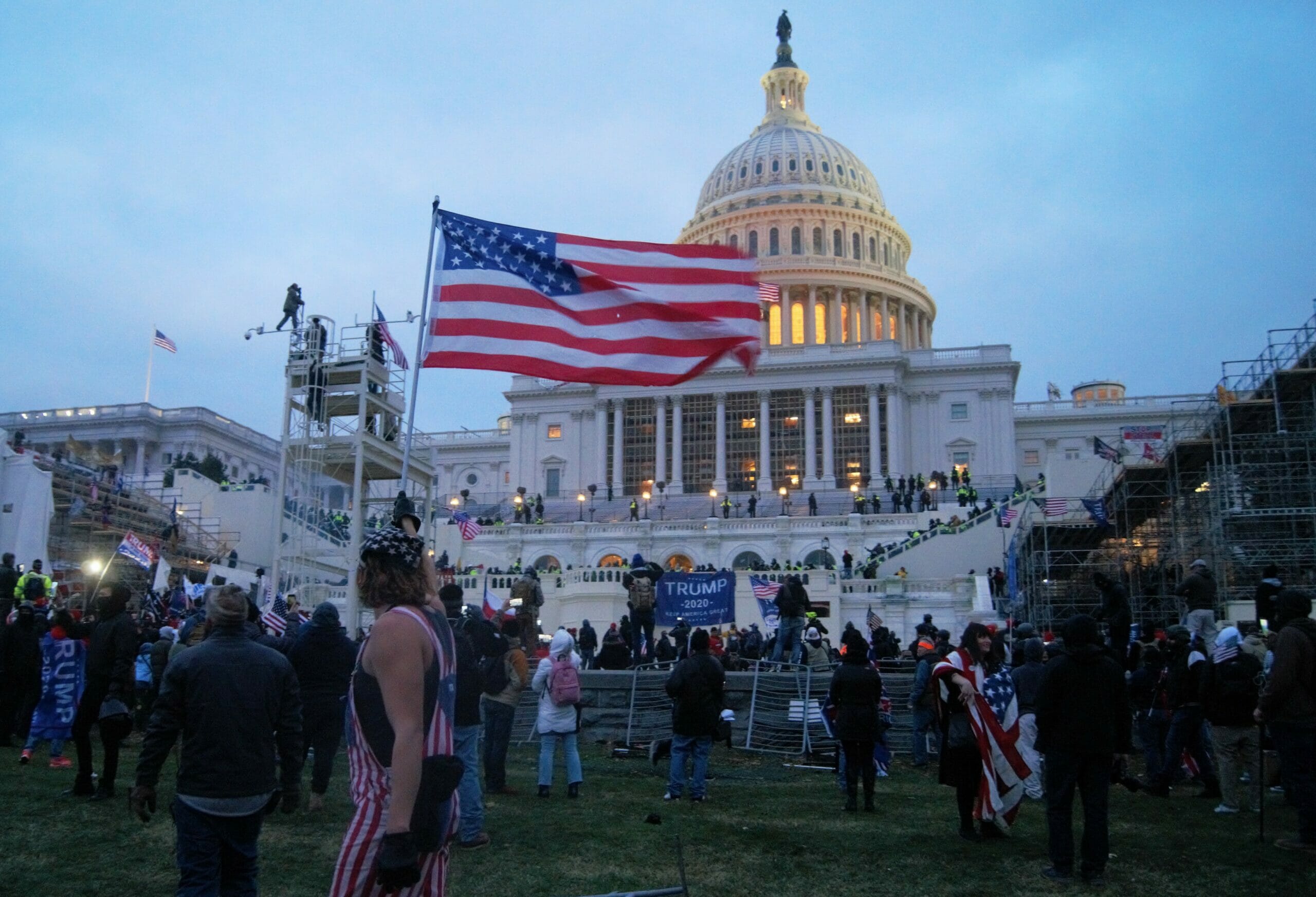(Wikimedia Commons).
I was in complete and utter awe. I was an 8th grader, taking Columbus Academy’s annual trip to Washington, D.C.
Our social studies teachers, Mrs. Miller and Mr. Cavnar, were ensuring we would feel the full gravity of this experience.
We had studied the American Revolution, reading primary sources from patriot leaders such as Thomas Paine and Benjamin Franklin. We studied for the citizenship test, etching into our memories the workings of the three branches of government and the names of our locally elected leaders.
We also took part in a project in which we created our own monument or memorial based on the American values that we personally wished to elevate. This project was particularly significant in our preparation for the D.C. trip, as it reflected our understanding of American principles.
So when it finally came time for our trip to D.C., we excitedly scrambled into our bus seats-ready to see all we had studied.
We had the privilege of visiting the Tomb of the Unknown Soldier; we stood near the grave of John F. Kennedy and climbed the steps of The Lincoln Memorial where Dr. King delivered his “I Have A Dream Speech.” I experienced a stronger sense of pride in my country than I had ever felt before. On the last day, we visited the Capitol and spent several moments in silence, simply staring in reverence to its defining features: the sandstone and marble with its ethereal shine, the flawlessly sculpted corinthian pillars, the towering rotunda topped with the lady “Freedom Triumphant.”
Walking down Pennsylvania Avenue was like walking on sacred ground. Our nation’s capital, with so many reminders of American progress and strength, felt sacrosanct.
Until it wasn’t.
Three years later, I found myself in Dr. Bundy’s U.S. Government & Politics class, watching this seemingly indestructible city and its Capitol building being infiltrated by a group of White supremacists.
One moment we were watching the speeches being given on the House Floor to certify (or invalidate) President-elect Joe Biden’s victory, the next we were watching a mob of Trump supporters – clad in cultish MAGA hats – storming the Capitol’s entrance.
Some faculty members came in to join us at the sight of the images on the projector. Others hovered by the door in disbelief. We sat in shock, putting our hands to our face in certain moments as we watched the events unfold.
Thin Blue Line, Confederate, Trump 2020, and Gadsen flags covered the steps of the Capitol. One insurrectionist tore down the American flag and replaced it with a Trump flag.
We flipped to images of an armed standoff at the House front door.
We watched a man seat himself at Speaker Nancy Pelosi’s chair and raise his fist in the air. We then saw a different man carrying her podium. Another throwing his boots on top of her desk triumphantly.
Men paraded Confederate flags outside of the congressional chambers – a bold nod to white supremacy. Even more harrowing, another group erected a noose in front of the building.
When we stood near the statues in Statuary Hall as 8th graders, we were chastised for standing too close. Now they were being clothed in MAGA gear.
We heard that a woman was shot and carried out on a stretcher.
We watched a member of law enforcement attempt to shield the Capitol entrance while the White supremacists stampeded, crushing his body between the doors.
We waited for the president to intervene with the National Guard or military. We waited for a call for it to stop.
I learned later that there was no response because the president himself had incited it in rally earlier:
“We will stop the steal.”
“Because you’ll never take back our country with weakness. You have to show strength and you have to be strong.”
“. . . we fight, we fight like hell, and if you don’t fight like hell you’re not going to have a country anymore.”
“So we are going to – we are going to walk down Pennsylvania Avenue, I love Pennsylvania Avenue, and we are going to the Capitol… going to try and give them the kind of pride and boldness that they need to take back our country. So let’s walk down Pennsylvania Avenue.”
But why the surprise? Isn’t this what he meant when he said “Stand back and stand by” when asked to denounce White supremacy?
This week I learned that our sacred democracy isn’t as untouchable as my 8th grade self had thought. Our democracy is fragile and under tremendous partisan strain. A cabal of overwhelmingly white rioters breached the Capitol, and a multitude of them walked away unharmed. What protected them? Unadulterated white privilege. Trayvon Martin was shot at my age for carrying a bag of Skittles.
Wednesday’s events serve as a raw reminder that our country is being forced into a reckoning long overdue. After witnessing these events, I went back to visit my 8th grade social studies teacher, Mrs. Miller, to help me grapple with what was unfolding. She said, “This is the paradox of American history that has existed from the moment of our founding: noble ideals we have yet to fully achieve.”
To the current 8th graders, I’m sorry that you were not able to go on your D.C. trip this year and instead witnessed this. I hope one day you will experience the sanctity of our capital as we did – but with a newfound sense of responsibility.
Following the Constitutional Convention in 1787, Elizabeth Willing Powell asked Benjamin Franklin on the steps of Independence Hall: “What do we have, a republic or a monarchy?” Franklin replied, “A republic, if you can keep it.”
The future of American democracy is in our hands.
It is a republic if we can keep it.








